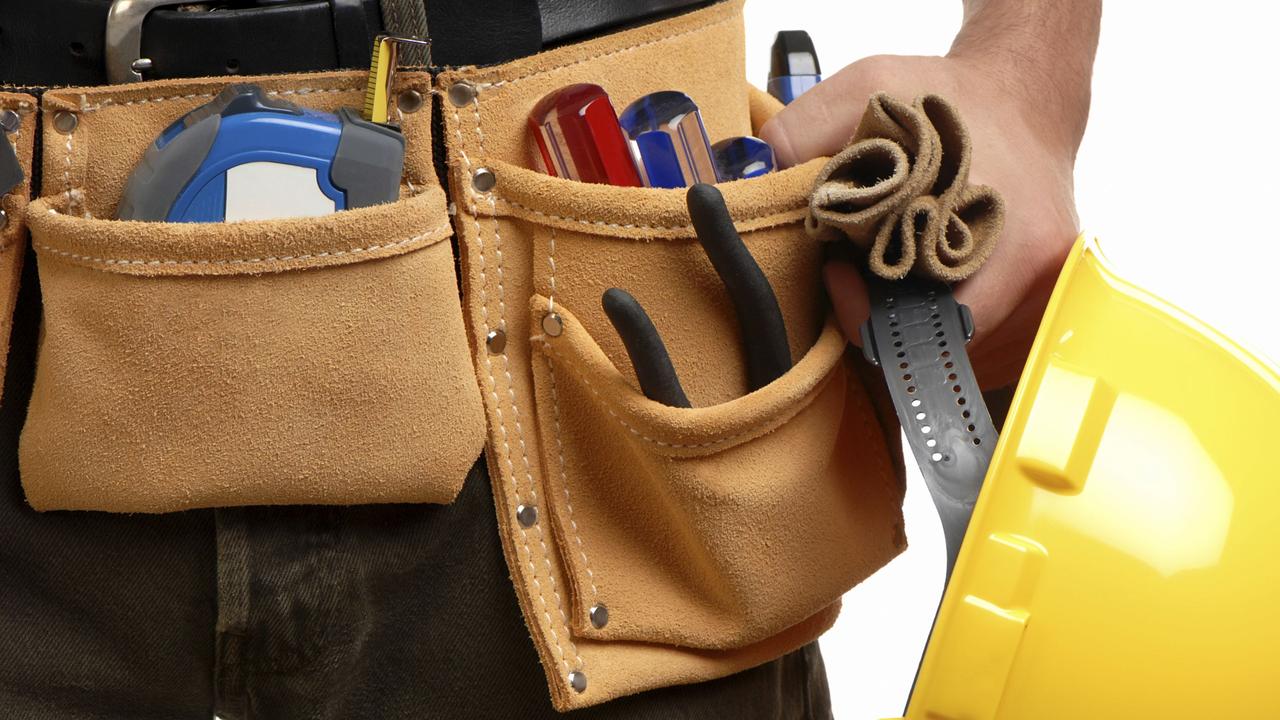The new Royal Adelaide Hospital – our emergency island
IT sounds like the description of a tourist on a tropical holiday but “island mode” is actually a technical term to describe a total lockdown of the new Royal Adelaide during a mass casualty state disaster.
SA News
Don't miss out on the headlines from SA News. Followed categories will be added to My News.
- Medics blast facilities at new RAH
- New RAHopening date revealed
- See inside new Royal Adelaide Hospital
IT sounds like the description of a tourist on a tropical holiday but “island mode” is actually a technical term to describe a total lockdown of the new Royal Adelaide Hospital during a mass disaster.
Specially designed by engineers to withstand a one-in-500 year earthquake, the $2.3 billion building has the capability to be self-sufficient for at least 48 hours – during catastrophic bushfires, floods or a major terrorist event – thanks to a revolutionary new disaster management strategy.
“Island mode” means the hospital can survive independently using on-site back-up generators and stocks of water, medical supplies and food for a minimum of two days.

New Royal Adelaide Hospital commissioning director Elke Kropf told the Sunday Mail the capability meant staff could focus on treating the state’s sickest patients during a crisis.
“The concept was fairly new when we started (and) it’s a unique concept in terms of other disaster management or design approaches in Australia,” she said.
“It’s something that came up when we were designing the hospital and after 48 hours, generally speaking, all the emergency services and SA Power Networks, and all those agencies would be enacting a disaster plan.”
In order to deal with an influx of potentially dozens, if not hundreds of critically ill patients, Ms Kropf said “nothing can get in (to the hospital) and nothing can get out”.
“The first eight hours is the most critical, where the hospital needs to go into survival mode itself,” she said.
“We need to make sure we create the capacity to take on whatever volume of patients is coming on board (but) once you get in addition to 100 casualties, it’s basically a complete game changer and the state and country is in crisis management.”

On any given day, after the nRAH officially opens on September 5, the hospital will be ready to enact such a lockdown.
“We have a disaster store, so basically all of our medical supplies and medications are always stocked to give us that 48-hour capacity,” Ms Kropf said. The nRAH is made up of five different buildings that gives the hospital “more flexibility and movement”, which makes it more likely to “stay intact” during a natural disaster.
At the time it was designed, engineers looked to lessons learnt from the devastating 2011 Christchurch earthquake, and also buildings in earthquake-prone California, to ensure the nRAH could withstand such an event.
Look down at the floor inside the new hospital and you’ll spot what look like metal strips. “What they do, they actually provide a cushioning effect between the buildings ... that allows the five individual buildings to shake independently of one another,” Ms Kropf said.
With a total capacity of 700 overnight beds and an additional 100 day beds, the nRAH can hold an additional 180 patients during a disaster, bringing the hospital’s total capacity to almost 1000.
Each surgical recovery bay is equipped with lifesaving equipment including oxygen and life-support technology. “That allows us to take a surge of patients that you would expect in a disaster,” Ms Kropf said. “It becomes a bed crisis management process but the fact that we can treat those really sick patients in those recovery bays while we rearrange the hospital, it buys us time and gives those patients a safe environment to be cared for.”

Up to 40 theatre rooms would also be available for surgeries, with the hospital’s intensive care unit, helicopter pad, trauma theatres and emergency department all located on its western side for quick and easy access.
Since the project was announced, the over-budget and long-awaited hospital has been the subject of much criticism but Ms Kropf said the nRAH was world class.
“People underestimate what is being provided ... even when you build a house, it’s never 100 per cent perfect, there are always things you would do different next time,” she said. “The new RAH will be the same but, generally speaking, it will be fantastic.”
RAH emergency medicine consultant Dr Julianne Schliebs, who also works in MedSTAR retrieval, said the nRAH’s specially designed emergency department was “a huge improvement on what we have in the current hospital”.


